Globally, there are only two types of brain interfaces: invasive NCI and non-invasive NCI. Invasive require implantation of neuro-implants in certain parts of the brain. Non-invasive ones are designed as equipment that can be removed and put on as usual wearable electronics. In this article, we will take a closer look at inexpensive non-invasive devices designed to read the brain and nervous system signals — devices based on EEG, which can already be used in the development of mobile and other applications.
Neurocomputer interface (NCI - BCI - brain-computer interface) development is performed since the middle of the last century. The dream of a thought-controlled computer has occupied the minds of scientists for a long time. Devices that read some signals of the nervous system are around for a long time. The idea of creating a direct neural interface with bidirectional communication, which will allow sending and receiving signals directly to the brain has not yet been fully implemented. However, there are already devices that can be used as a source of data about human emotions. And based on them, you can improve the algorithms or control systems.
A class of wearable devices using electroencephalogram (EEG sensors) and Electromyography (EMG) signals has been developed and widely used for a long time. EEG wearable devices (EEG Headset) are compact and quite aesthetic, and they can wear them on the head.
The look of a headset depends on its class and the complexity of the intended use.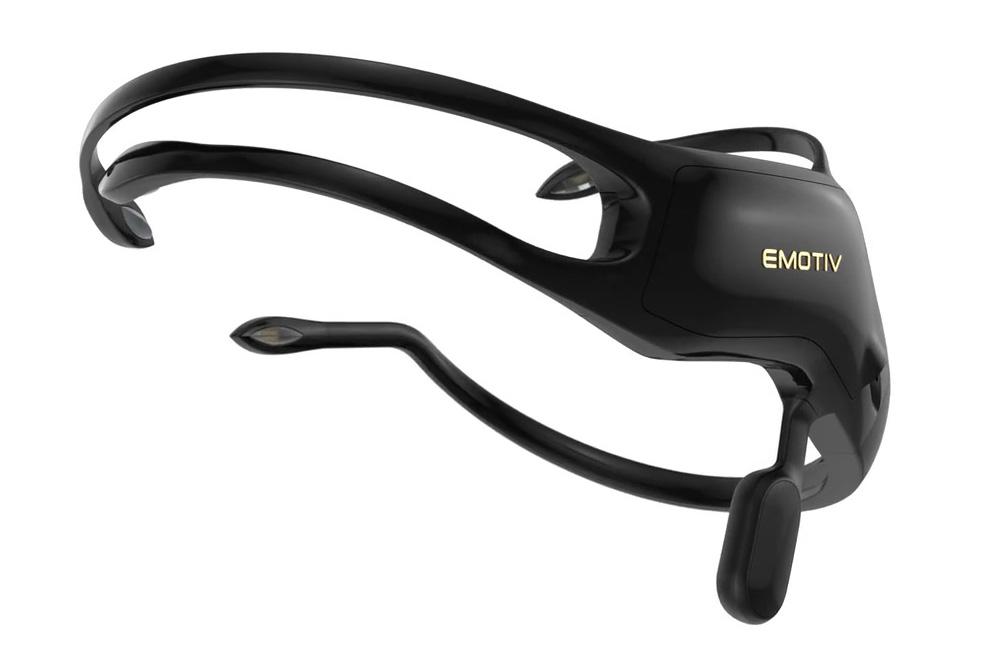
https://www.emotiv.com/
EEG headsets are divided into two classes:
According to the degree of “increasing professionalism,” headsets with NCI look as follows:
.jpg)
EEG headphones for music, relaxation, meditation, etc.
.jpg)
Wearable EEG headset that can be used as a non-invasive BCI
.jpg)
Mobile EEG headsets commensurate with the laboratory level
.jpg)
Professional or laboratory EEG headset for research
Today, manufacturers offer a sufficient number of consumer-grade brain interface systems. They are easy to imagine on employees or end customers in normal, non-laboratory conditions. Such systems are usually supplied as follows:
Let Us Take a Brief Look at the List of Currently Relevant Devices That Can Be Used as Neural Interfaces:
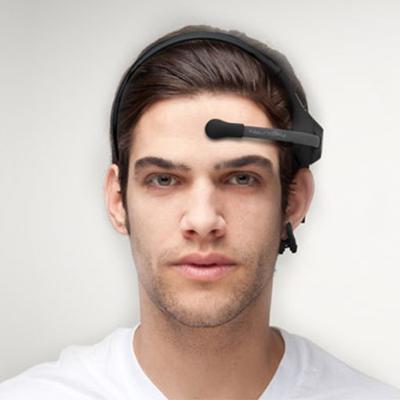
Developers have access to the BCI API, which allows them to recognize:
attention, concentration, relaxation, blinking, mental stress, a familiar or unfamiliar object, pleasure/displeasure, other algorithms.

In addition to EEG data, notes also head movements.
Allows you to take mental commands (customizable), catch blinking, and facial expressions (more than five facial expressions).
The API allows you to capture anxiety, involvement, relaxation, interest, stress, focus.

The simplified and lightly-constructed version of the EEG headset.
Accomplishes same functions as EPOC, but is equipped with fewer sensors, and performs worse accuracy. This device is more for domestic purposes.
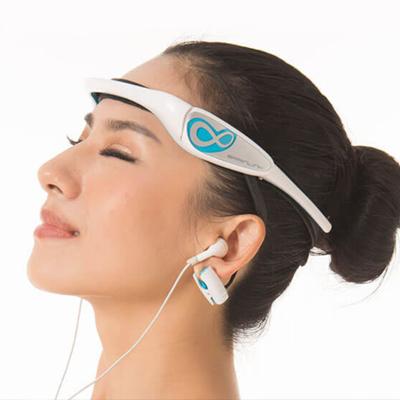
Chinese set, built on the NeuroSky neuro-headset architecture and generally similar to it.
The device itself displays a light indication of the maximum level of concentration, attentiveness, and meditation.
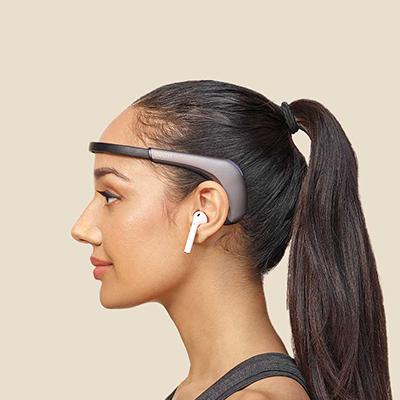
Instead of a earclip, specific contacts behind the ears are used.
Also takes off heart rate, respiration, body movements data. Positioned as a tool for meditation.

Noise-suppression headphones with an EEG sensor.
The idea of headphones with a neurocomputer BCI interface looks attractive, but the accuracy of such a device is the lowest.
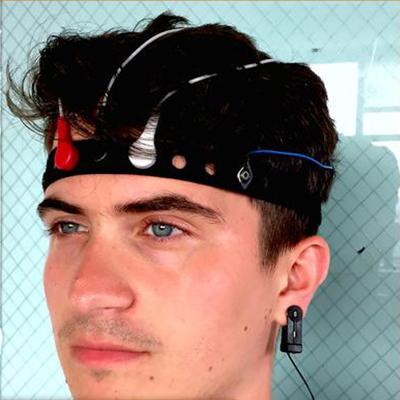
It is composed of a set of Brain-Computer Interface sensors, SDK and panels for taking off EEG data and other sensors and interpreting the results.
DIY is designed for those who want to experiment on reading and digitizing brain signals.
You can find a good comparison of the neurocomputer BCI EEG devices characteristics for laboratory use on the Imotions website. We did not list them above because they are too complex and are designed to work under laboratory conditions. A review of one more EEG headphones not included in our article can be seen at this link: https://www.thinkmindset.com/ . In general, they are similar to those described above.
All these systems, professional and domestic, can be used in many areas:
In the next part of this article, we will take a look at how interfaces can transmit signals from the brain to a computer. The combination of emotions data with machine learning and neural networks looks especially attractive.
If you have ideas for applications that can be developed using the brain-computer interface, contact us. We at Evergreen will be happy to turn your ideas into reality.